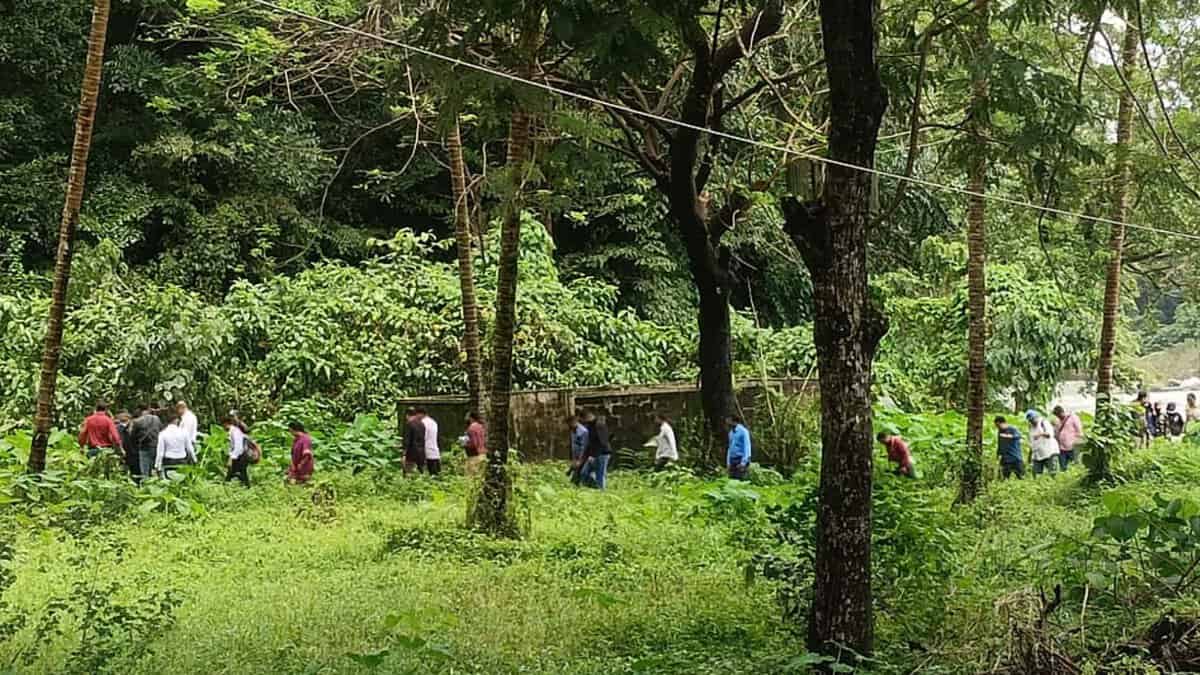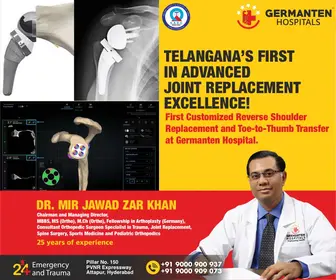
Bengaluru: The SIT probing allegations of several bodies being buried at various locations in Dharmasthala village has begun inspections using Ground Penetrating Radar technology, officials said.
On Monday, August 11, the Special Investigation Team (SIT), accompanied by GPR specialists, moved to the 13th site identified by the complainant, located near the Netravati bathing ghat, they added.
Officials said the exercise is part of efforts to verify claims made in statements to investigators.
The GPR survey marks a significant step in the probe, with further action to depend on the findings, they said.
Ground penetrating radar is an electromagnetic technique that sends radio wave pulses at specific frequencies into the ground to examine subsurface structures.
The SIT, constituted by the state government, is investigating allegations of mass murder, rape, and mass burials in Dharmasthala over the past two decades.
A complainant-witness, a former sanitation worker whose identity remains undisclosed, claimed he worked in Dharmasthala between 1995 and 2014 and was forced to bury multiple bodies, including those of women and minors.
He alleged that some of the bodies showed signs of sexual assault and had given a statement before a magistrate.
Skeletal remains have been found at two of these sites so far.
Karnataka govt grants police powers to SIT probing
On the other hand, Karnataka Home minister G Parameshwara on Monday said the SIT probing the “mass burial” case in Dharmasthala has been granted police station powers. This allows anyone with complaints related to the case to approach the SIT directly for registration.
The Special Investigation Team (SIT) constituted by the state government is investigating allegations of mass murder, rape, and mass burials in Dharmasthala over the past two decades.
A complainant-witness, a former sanitation worker whose identity remains undisclosed, claimed he worked in Dharmasthala between 1995 and 2014 and was forced to bury multiple bodies, including those of women and minors.
He alleged that some of the bodies showed signs of sexual assault and had given a statement before a magistrate.
Speaking to reporters here, Parameshwara said, “We have given them (the SIT) police station powers. Instead of going to the police station to register complaints, people can now directly approach the SIT.”
The minister refrained from commenting further on the case until the SIT completes its investigation.
“We will know the facts once the SIT probe is complete. The complainant initially identified 13 locations, which have now increased to between 16 and 19. We await the SIT’s final findings,” he said.
As part of the investigation, the SIT has been conducting searches at multiple locations pointed out by the complainant in forested areas along the banks of the Netravathi River in Dharmasthala. Skeletal remains have been found at two of these sites thus far.



